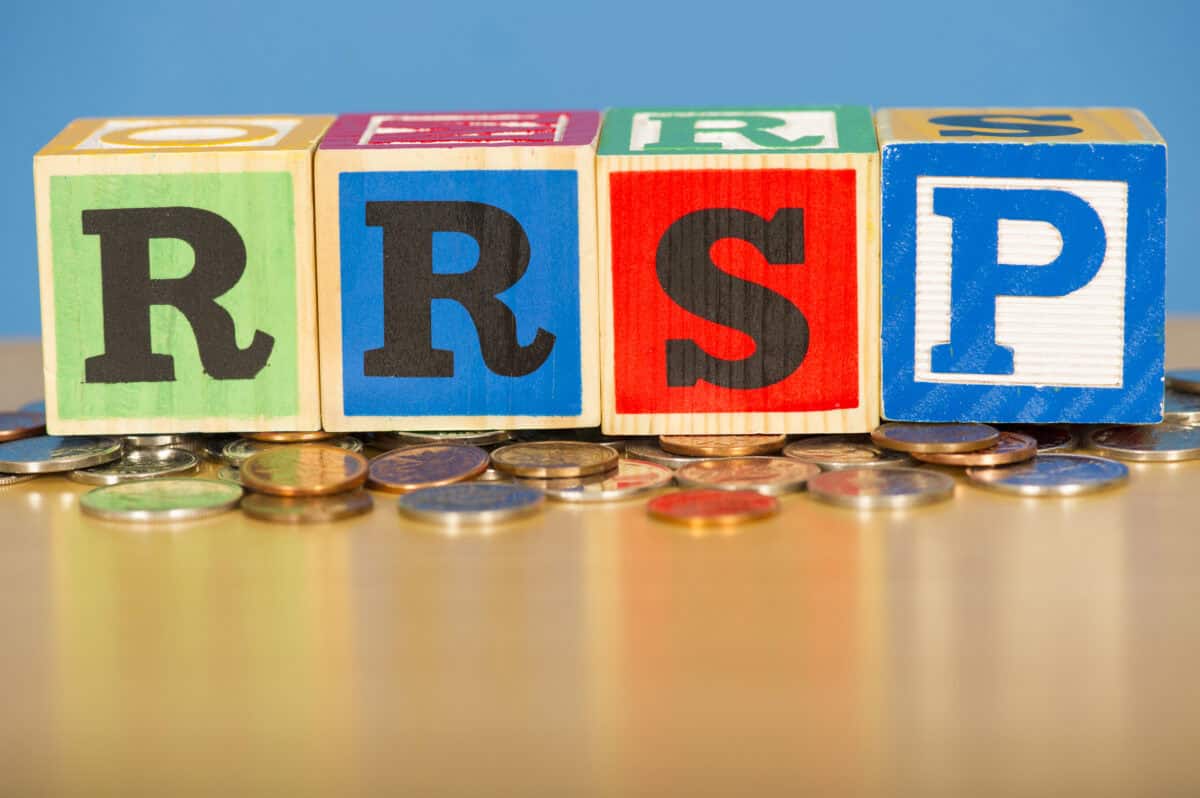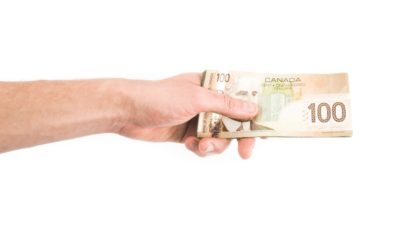Did you know that you have to turn your registered retirement savings plan (RRSP) into a registered retirement income fund (RRIF) by the age of 71?
Not many people know it, but it’s true. Once you turn 71, you are obligated to transfer assets from your RRSP to an RRIF and start withdrawing some money each year. Mandatory withdrawals start at 5.2% at age 71.
The reason most people don’t know about mandatory withdrawals at age 71 is because they usually start withdrawing well before they turn 71. Usually, people start cashing out of their RRSPs through an RRIF somewhere between 60 and 70. This makes the “mandatory” withdrawals at age 71 a moot point.
That’s unfortunate because waiting all the way until age 71 to start withdrawing your RRSP money can be a good idea. In this article, I will explain why that’s the case.
The longer you wait, the more you can compound tax free
The longer you wait to withdraw your money from an RRSP, the more years of tax-free compounding you enjoy. Tax-free compounding is the main benefit of investing in an RRSP. The tax break on the contribution is nice, and withdrawing at a potentially lower tax rate is nice too, but really it’s the tax-free compounding that makes the biggest difference. The more years you keep money in your RRSP, the more it grows; and the benefit of having money in an RRSP is that it grows without being interrupted by taxation.
The power of tax-free compounding illustrated
The table below illustrates the power of tax-free compounding. In the middle column, we have a $10,000 starting amount, growing 10% per year, but with a 30% tax being taken off each year’s gain. In the rightmost column, we have a $10,000 initial amount growing at 10% per year with no interruption.

As you can see, the ending amount in the rightmost column is far higher than in the centre column. Now, that un-taxed amount is eventually taxed in retirement. But if you have a low tax rate when you retire, it all works out in the end.
Thoughts on RRSP investing
When you invest in an RRSP, it’s a good idea to hold dividend-paying stocks and interest-bearing bonds. The reason is that these assets benefit from the RRSP’s tax shelter the most. Stocks that pay no dividends don’t get taxed very frequently, unless you’re trading too frequently.
Consider a company like Brookfield Asset Management (TSX:BAM). As a highly profitable, established Canadian company with a high dividend yield (3.4%), it’s exactly the kind of asset that many retirees like to hold in their RRSPs.
If you get, let’s say, $3,000 in dividends from a stock like BAM, it could be taxed quite heavily. Here’s how that works:
- First, the $3,000 is grossed up to $4,140.
- Then, a $621 Federal credit is assessed.
- Then, a Provincial credit is assessed (i.e., $414 in Ontario where the Provincial credit is 10%).
- Finally, the credits are subtracted from your pre-credit tax. If your marginal tax rate is 50%, your “pre-credit tax” is $2,070, and your actual taxes owing are $1,035.
So you pay $1,035 in dividend taxes in this scenario. While inside an RRSP, a stock produces no capital gains or dividend taxes. So, consider holding your RRSP assets to the latest possible date. It may enrich your retirement.








